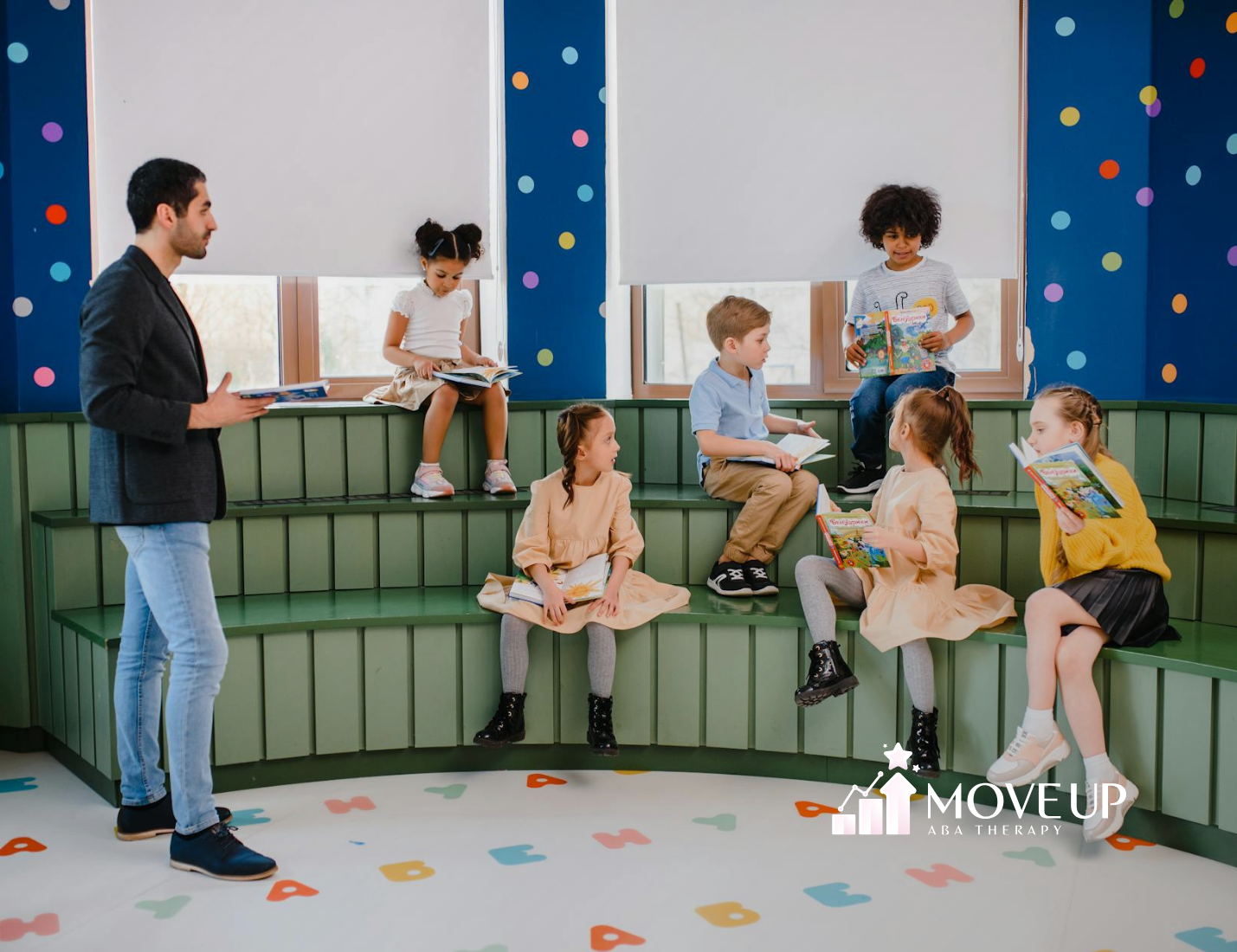As someone who works closely with families navigating autism spectrum disorder (ASD), I know how overwhelming the education journey can be. One question I often hear is, “Can ABA therapy replace school?” It’s a powerful question, especially when your child is struggling to keep up in a traditional classroom.
In this article, I’ll walk you through what I’ve learned from both research and experience—comparing ABA therapy and traditional schooling, and helping you explore whether one can take the place of the other—or if they’re better together.
I remember working with a 10-year-old client. School was incredibly stressful for him—sensory overload, social confusion, and constant academic pressure. His parents considered pulling him out entirely in favor of full-time ABA therapy. We ended up designing a hybrid model that changed everything. I’ll share more about that kind of approach as we go.
Understanding ABA Therapy for Autistic Children
Core Principles of ABA
At the heart of ABA therapy is positive reinforcement. In my work, I always stress this—it’s not about punishment; it’s about encouragement. We reward desired behaviors to help them stick.
Another key principle is task analysis: breaking complex tasks into small, teachable steps. Whether it’s brushing teeth or asking a question, we go one small step at a time to build confidence and capability.
How ABA Therapy Supports Autistic Children
In ABA sessions, every goal is customized to the child. We often target communication—both verbal and nonverbal—alongside social skills, self-help routines, and emotional regulation.
With the client I talked about earlier, for example, we focused on helping him express frustration without meltdowns. By rewarding small wins and practicing in different settings, we saw huge improvements in his ability to cope at home and in public spaces.
The Role of Schools in the Development of Autistic Children
The Value of a School Environment
Schools offer far more than academics. They provide structured routines, opportunities for peer interaction, and real-world experiences like group work and extracurriculars. These are all key to well-rounded development.
For many kids, including those with ASD, consistency is comforting. The school day’s routine—math after recess, then art—helps create predictability that many of my clients thrive on.
Support Systems Within Schools
Thankfully, many schools now offer robust support for students with ASD. I’ve collaborated on countless IEP teams where we build individualized goals and accommodations tailored to a student’s needs.
Special education teachers, aides, and school-based therapists work to bridge what a child learns in ABA into their academic and social worlds. I’ve seen kids blossom when their ABA goals align with what’s happening in the classroom.
Comparing ABA Therapy and Traditional School Settings
ABA and school serve different—but complementary—purposes. ABA gives us targeted, intensive, individualized support. School gives us academic knowledge, group learning, and social practice.
Rather than choosing one over the other, I often recommend a blended model.
Benefits of ABA Therapy
- Individualized Support: Each child gets one-on-one attention that’s rare in schools.
- Behavior Management: We identify triggers and teach strategies to manage problem behaviors.
- Skill Development: From adaptive skills to communication, ABA fills in the gaps traditional schooling may overlook.
Limitations of Solely Using ABA Therapy
That said, ABA can’t cover everything. Schools provide broader academic exposure, a variety of subjects, and real-world social dynamics that are difficult to replicate in one-on-one therapy.
School is where kids learn to collaborate, problem-solve, and handle unpredictability. While ABA sets the stage, school gives them the arena to practice.
Integrating ABA Therapy With School Education
Why Integration Works Best
The sweet spot is collaboration. When ABA therapists and educators work together, children receive consistent, holistic support. This means shared goals, aligned strategies, and consistent language.
Strategies for Blending ABA and School
- Share the ABA treatment plan with your child’s school team.
- Involve therapists in IEP meetings.
- Align behavioral goals between therapy and classroom settings.
- Encourage regular communication between school staff and ABA providers.
In my experience, kids do best when everyone’s on the same page. Whether it’s managing transitions or learning how to raise a hand, consistency is key.
Conclusion
ABA therapy is powerful. School is essential. And when used together, they can create incredible opportunities for your child’s growth.
I’ve seen firsthand how a well-coordinated effort between families, ABA therapists, and schools can lead to transformational change—not just in skills, but in confidence, independence, and happiness.
So, can ABA therapy replace school? For most children, it shouldn’t have to. Instead, let’s focus on how to make them work together.
Need Help Deciding What’s Best for Your Child?
At Move Up ABA, we specialize in creating personalized therapy plans that fit your child’s unique needs—whether you’re considering full-time ABA, school integration, or a hybrid model. Our team is here to guide you through every step with compassion and expertise.
📧 Email us at info@moveupaba.com or call (410) 497-8865 to schedule a free consultation today. Let’s build a plan that helps your child thrive!
Frequently Asked Questions
Can ABA therapy fully replace traditional schooling for all autistic children?
Not typically. While ABA provides targeted support, it doesn’t offer the broad curriculum and social exposure of school. The most effective approach blends both.
How can I coordinate between my child’s school and ABA therapist?
Start by sharing treatment goals with your child’s IEP team. Set up regular check-ins and encourage both parties to communicate openly.
Is it ever okay to pause school for more intensive ABA therapy?
In some cases, temporarily shifting focus to therapy can be beneficial—especially during a crisis. However, it should be a short-term solution, with a plan to reintroduce school as progress is made.
Sources:
- https://medicine.iu.edu/blogs/pediatrics/child-development-choosing-between-aba-therapy-and-school
- https://pmc.ncbi.nlm.nih.gov/articles/PMC6411562/
- https://my.clevelandclinic.org/health/treatments/25197-applied-behavior-analysis
- https://childmind.org/article/what-is-applied-behavior-analysis/
- https://www.autismspeaks.org/autism-school-your-childs-rights






